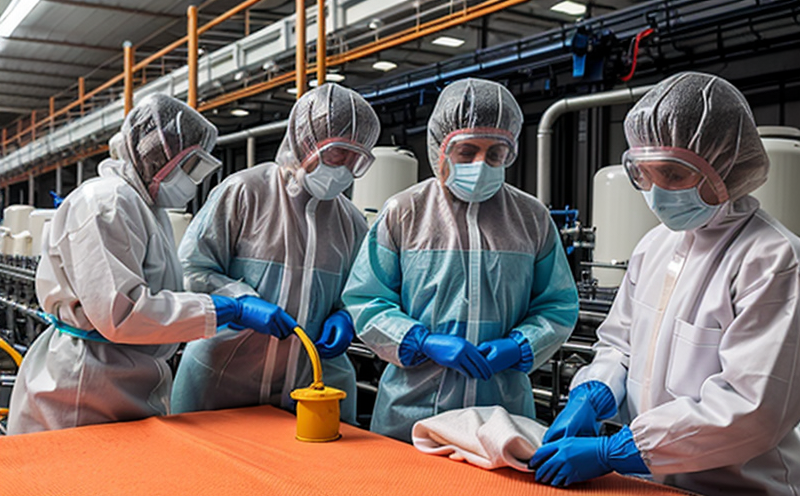
-
Chemical Safety and Certification-
Chemical Safety in Textile Manufacturing-
Chemical Safety in Textile Production
We provide comprehensive solutions designed to help our clients mitigate risks, enhance performance, and excel in key areas such as quality, health & safety, environmental sustainability, and social responsibility.
Discover
For many years, our organization has been operating successfully, boasting modern laboratories that meet international standards. These laboratories are equipped with the latest technology devices and equipment, and we have built a strong team of experienced and trained personnel to operate them.
DiscoverWelcome to Eurolab, your partner in pioneering solutions that encompass every facet of life. We are committed to delivering comprehensive Assurance, Testing, Inspection, and Certification services, empowering our global clientele with the ultimate confidence in their products and processes.
Discover
-
Chemical Safety and Certification-
Chemical Safety in Textile Manufacturing-
Chemical Safety in Textile ProductionTextile production is a chemical-intensive process that involves the use of various hazardous substances. Chemicals such as dyes, solvents, detergents, and finishing agents are essential to produce high-quality fabrics, but improper handling can lead to severe health risks, environmental damage, and legal issues. Ensuring chemical safety in textile production is not only vital for worker health but also for regulatory compliance, sustainable practices, and maintaining a good reputation within the industry.
This guide explores the importance of chemical safety in textile production, common risks, and best practices for managing chemical hazards. By implementing effective chemical safety strategies, textile producers can protect their workforce, reduce environmental impact, and contribute to a safer, more sustainable industry.
Dyes and Pigments:
Bleaching Agents (e.g., Hydrogen Peroxide, Chlorine):
Finishing Chemicals (e.g., Formaldehyde, Softening Agents):
Solvents and Thinners (e.g., Benzene, Toluene, Xylene):
Heavy Metals (e.g., Lead, Chromium):
Chemical Risk Assessment:
Employee Training and Awareness:
Proper Ventilation and Safety Equipment:
Safer Chemical Alternatives:
Wastewater Treatment and Disposal:
Substitution and Process Improvement:
Regular Audits and Compliance Checks:
Q: What are the most hazardous chemicals used in textile production?
A: The most hazardous chemicals include dyes (such as azo dyes), bleaching agents (like chlorine-based compounds), solvents (benzene, toluene), and finishing agents (formaldehyde). Heavy metals like lead and chromium may also be used in certain processes.
Q: How can textile producers reduce chemical exposure to workers?
A: Textile producers can reduce chemical exposure by providing proper PPE, improving ventilation, substituting safer chemicals, and implementing rigorous training and safety protocols.
Q: What are the benefits of adopting green chemistry in textile production?
A: Green chemistry helps reduce the use of toxic substances, minimizes waste, improves environmental sustainability, and enhances worker safety. It can also improve a company’s reputation and meet consumer demand for eco-friendly products.
Q: How can textile manufacturers handle chemical waste safely?
A: Textile manufacturers should implement efficient wastewater treatment systems, use appropriate chemical storage and disposal methods, and comply with local environmental regulations to prevent contamination.
Q: How can a textile manufacturer ensure compliance with chemical safety regulations?
A: Compliance can be ensured through regular audits, staying updated on regulatory changes, training employees on current best practices, and implementing effective chemical management and safety systems.
Ensure the safety of your workers, protect the environment, and meet regulatory standards by adopting effective chemical safety practices. Contact us today to develop a comprehensive chemical safety plan for your textile production operations.

Aviation and Aerospace Testing
Aviation and Aerospace Testing: Ensuring Safety and Efficiency The aviation and aerospace industr...

Battery Testing and Safety
Battery Testing and Safety: A Comprehensive Guide As technology continues to advance, battery-power...
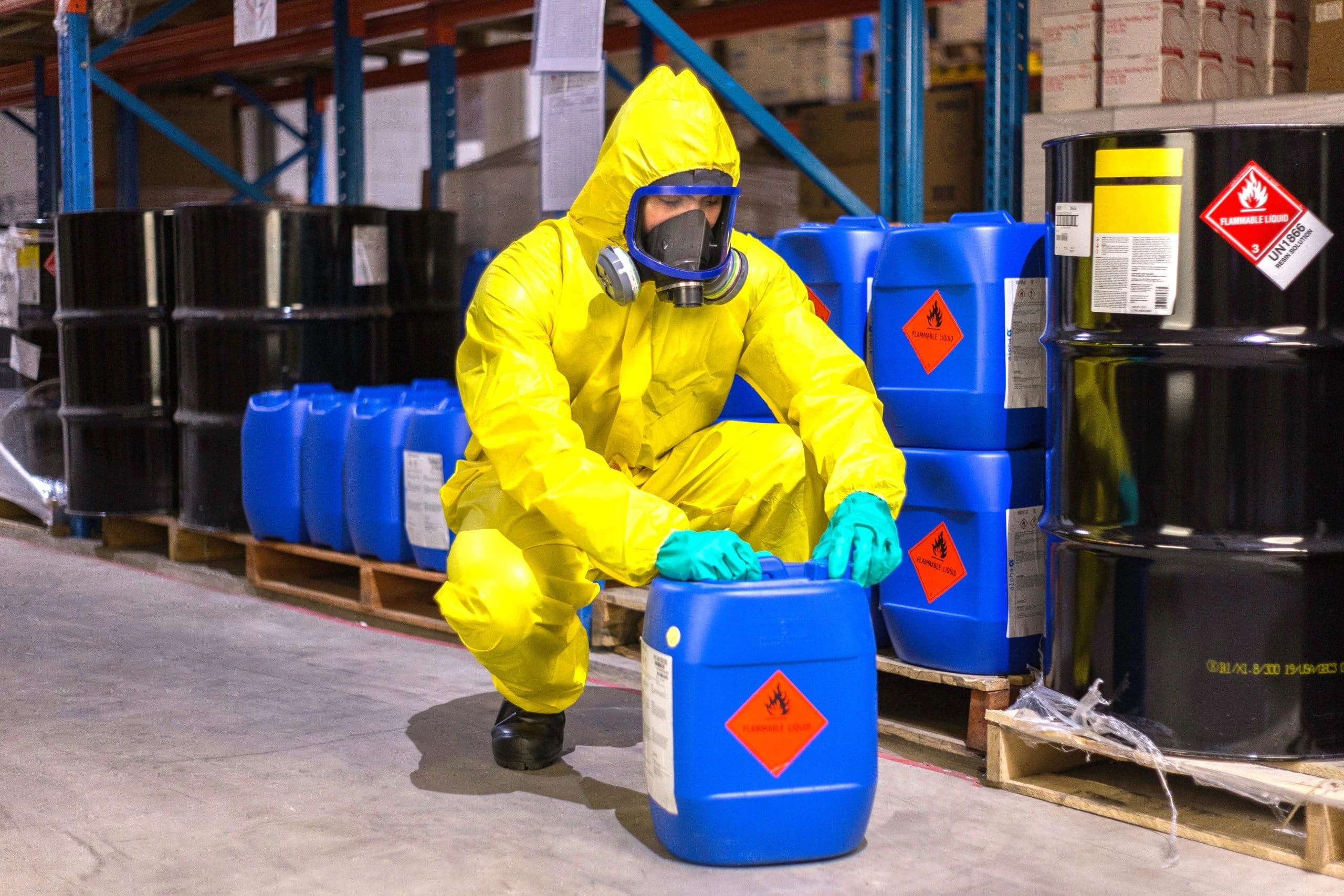
Chemical Safety and Certification
Chemical safety and certification are critical in ensuring the safe management of products and proce...

Lighting and Optical Device Testing
Lighting and Optical Device Testing: Ensuring Performance and Safety Lighting and optical devices a...

Fire Safety and Prevention Standards
Fire Safety and Prevention Standards: Protecting Lives and Property Fire safety and prevention stan...

Product and Retail Standards
Product and Retail Standards: Ensuring Quality and Safety for Consumers In todays competitive marke...
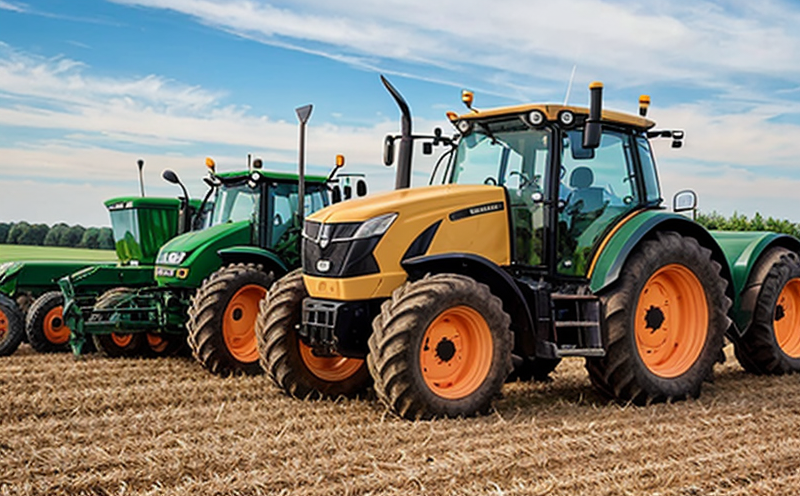
Agricultural Equipment Certification
Agricultural equipment certification is a process that ensures agricultural machinery meets specific...
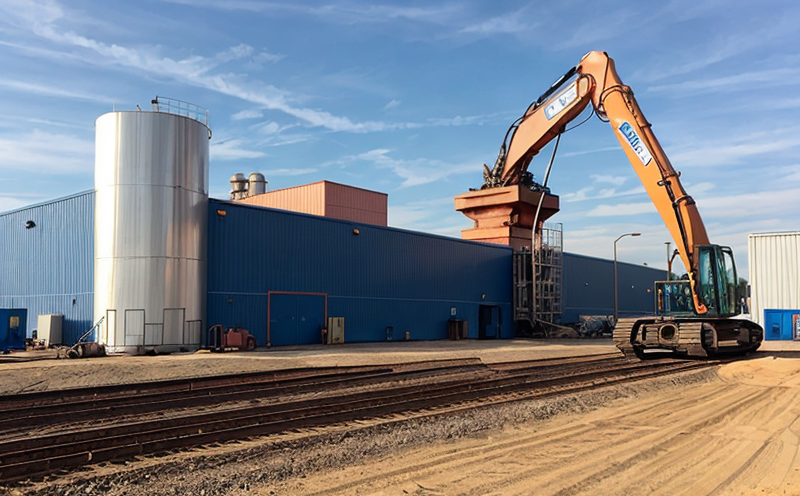
Industrial Equipment Certification
Industrial equipment certification is a critical process that ensures industrial equipment meets spe...
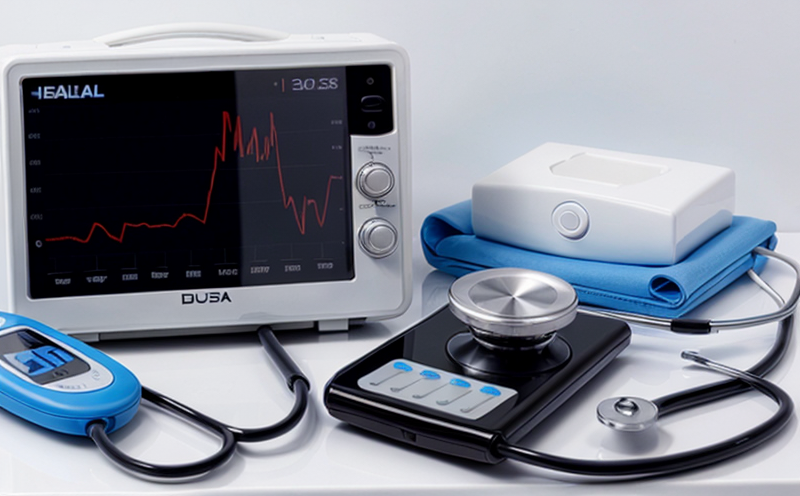
Healthcare and Medical Devices
The Evolution of Healthcare and Medical Devices: Trends, Innovations, and Challenges The healthcare...

Trade and Government Regulations
Trade and government regulations play a vital role in shaping the global economy. These regulations ...

Railway Industry Compliance
Railway Industry Compliance: Ensuring Safety and Efficiency The railway industry is a critical comp...

Consumer Product Safety
Consumer Product Safety: Protecting Consumers from Harmful Products As a consumer, you have the rig...

NEBS and Telecommunication Standards
Network Equipment Building System (NEBS) and Telecommunication Standards The Network Equipment Bu...

Environmental Simulation Testing
Environmental Simulation Testing: A Comprehensive Guide In todays world, where technology is rapidl...

Electromechanical Safety Certification
Electromechanical Safety Certification: Ensuring Compliance and Protecting Lives In todays intercon...
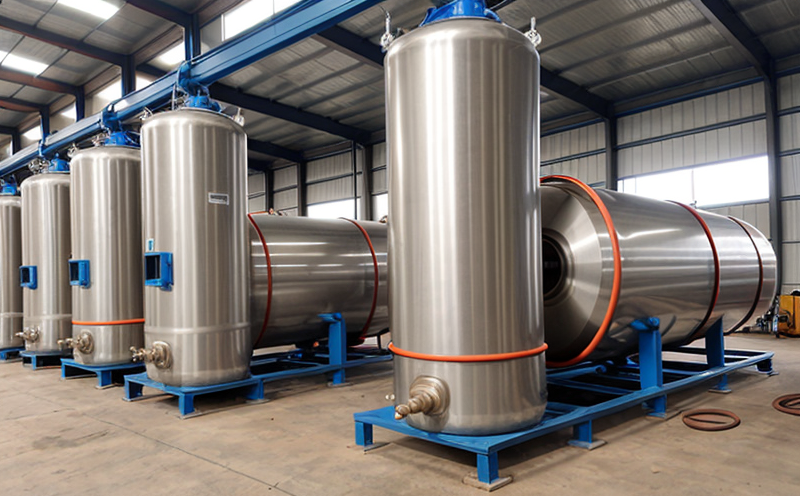
Pressure Vessels and Installations Testing
Pressure Vessels and Installations Testing Pressure vessels are a critical component of various ind...

Electrical and Electromagnetic Testing
Electrical and Electromagnetic Testing: A Comprehensive Guide Introduction Electrical and electrom...
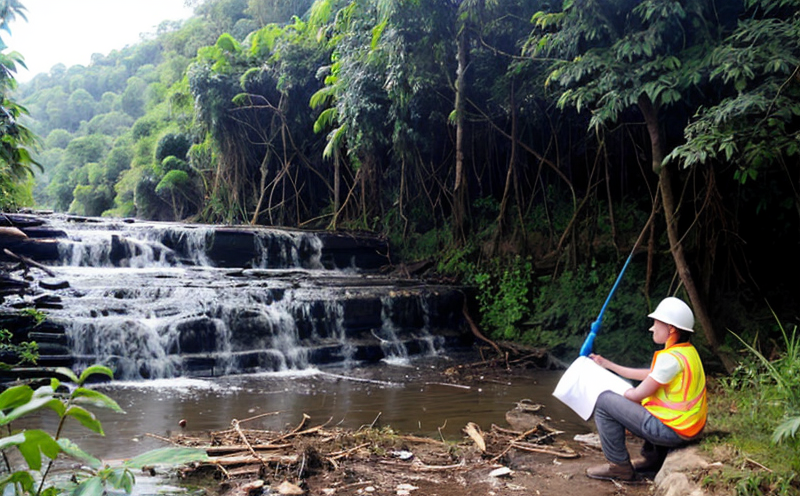
Environmental Impact Assessment
Environmental Impact Assessment: A Comprehensive Guide Environmental Impact Assessment (EIA) is a c...
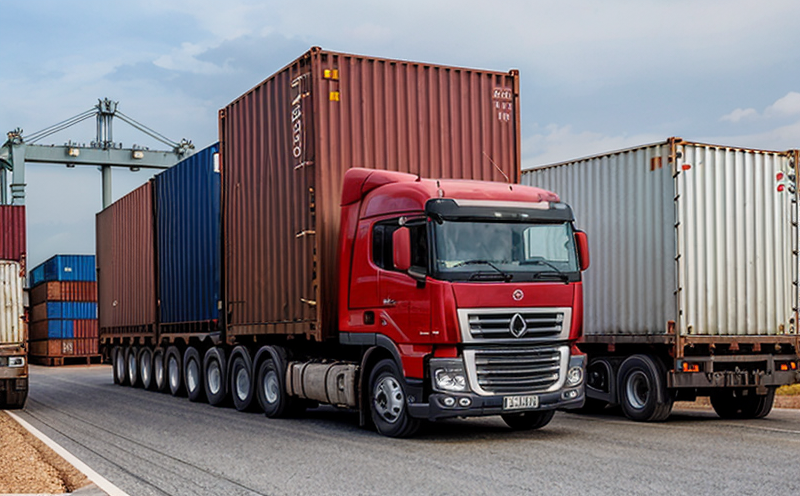
Transportation and Logistics Certification
Transportation and Logistics Certification: A Comprehensive Guide The transportation and logistics ...
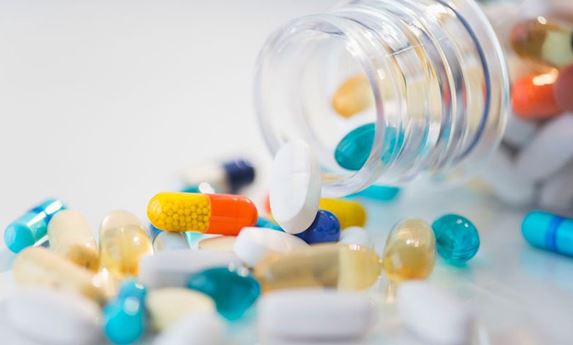
Pharmaceutical Compliance
Pharmaceutical compliance refers to the adherence of pharmaceutical companies and organizations to l...
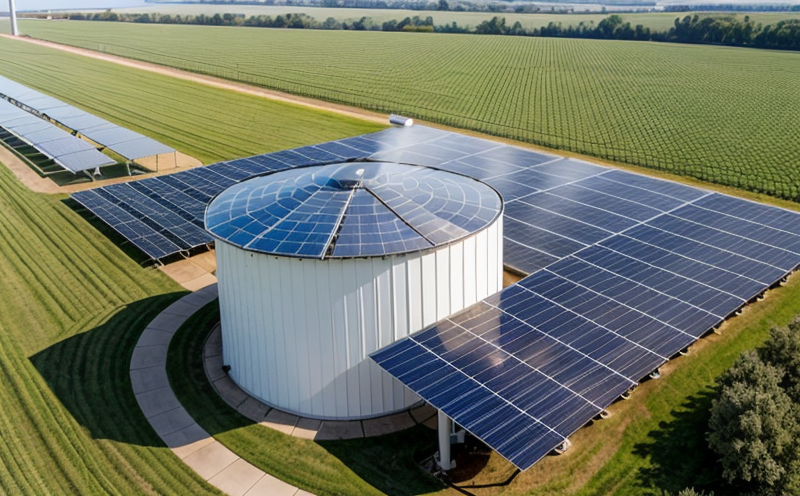
Renewable Energy Testing and Standards
Renewable Energy Testing and Standards: Ensuring a Sustainable Future The world is rapidly transiti...
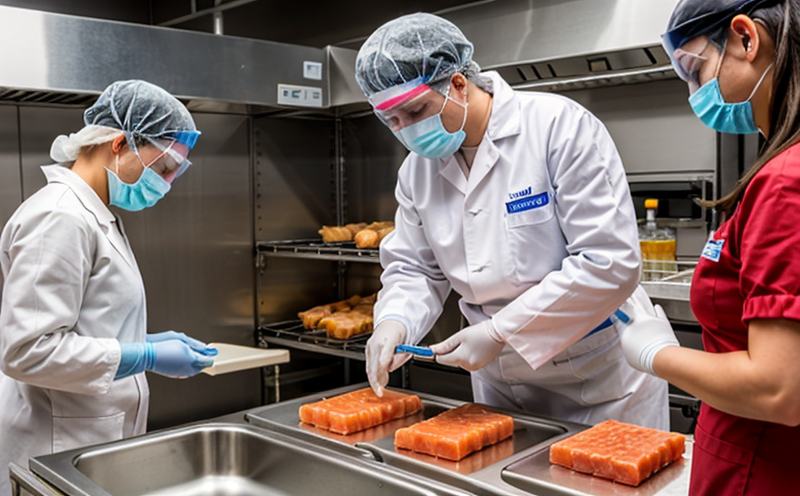
Food Safety and Testing
Food Safety and Testing: Ensuring the Quality of Our Food As consumers, we expect our food to be sa...

Construction and Engineering Compliance
Construction and Engineering Compliance: Ensuring Safety, Quality, and Regulatory Adherence In the ...

Energy and Sustainability Standards
In today’s rapidly evolving world, businesses face increasing pressure to meet global energy a...

Hospitality and Tourism Certification
Hospitality and Tourism Certification: Unlocking Opportunities in the Industry The hospitality and ...

Automotive Compliance and Certification
Automotive Compliance and Certification: Ensuring Safety and Efficiency The automotive industry is ...

IT and Data Center Certification
IT and Data Center Certification: Understanding the Importance and Benefits The field of Informatio...
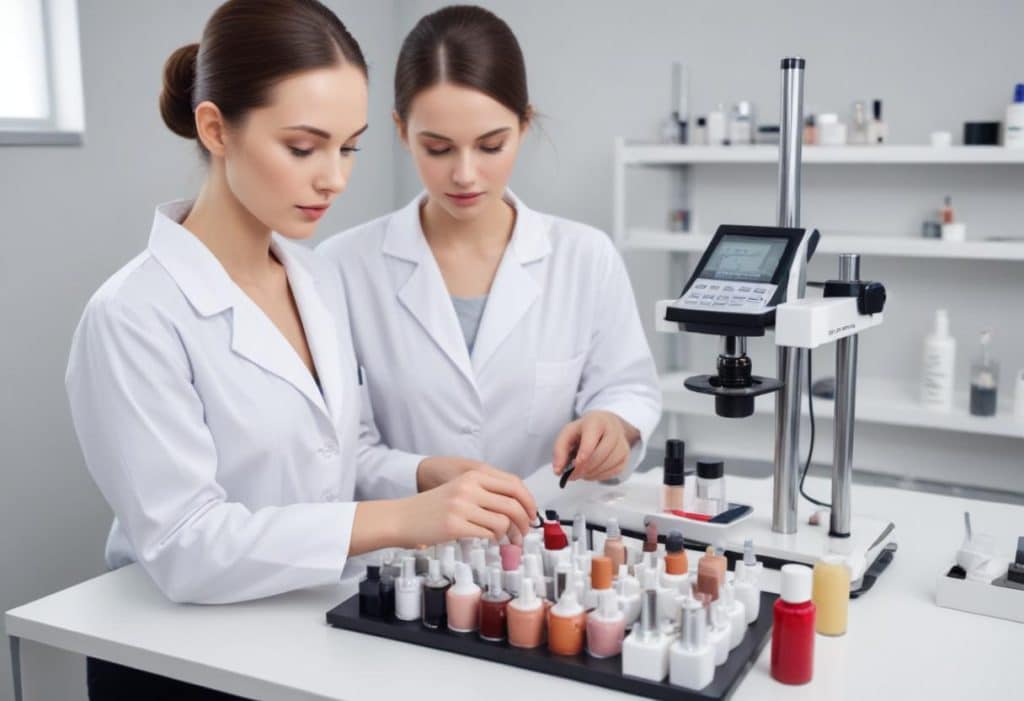
Cosmetic Product Testing
The Complex World of Cosmetic Product Testing The cosmetics industry is a multi-billion-dollar ma...

Military Equipment Standards
Military Equipment Standards: Ensuring Effectiveness and Safety The use of military equipment is a ...

MDR Testing and Compliance
MDR Testing and Compliance: A Comprehensive Guide The Medical Device Regulation (MDR) is a comprehe...